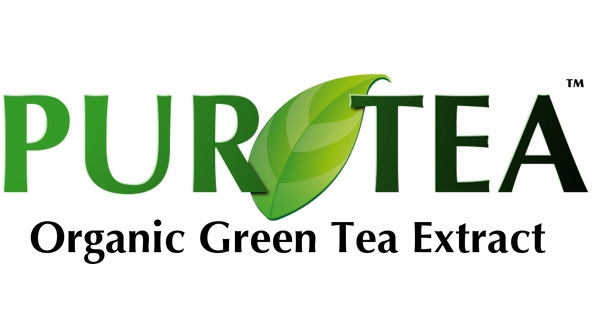March 2, 2016

Why make a new green tea extract? With advancements in technology and a better understanding of how botanical relationships work with the human body, significant progress has been made in botanical extraction. For Applied Food Sciences, Inc. (AFS), it is about being able to take those benefits from nature and make them more bioavailable, better for you, and then bring it to consumers in a more convenient way. That is why AFS designed their latest ingredient PurTea, a new organic green tea extract standardized for caffeine and catechins and designed as a novel natural source of energy for beverages.
What makes PurTea so special? PurTea is water soluble and has less bitterness/astringency so it is easier to formulate within beverages. Furthermore, PurTea's unique extraction process removes some of the more difficult compounds naturally found in tea that make beverage formulations challenging. PurTea was developed to provide a pure healthy source of energy and antioxidants.
“Applied Food Sciences selects only the finest organic tea leaves, free from pesticides and other harsh chemicals conventionally used in processing,” says Chris Fields, VP of scientific affairs at Applied Food Sciences. “What makes PurTea most unique is how we purify our catechin stream to remove impurities that not only create negative sensory attributes but may reduce the overall absorption of the catechins within the body. These catechins, when combined with the naturally occurring caffeine, can result in an enhanced energy source that is much more desirable to formulate within beverages.”
Another big point of differentiation in PurTea is that it is certified organic. With so much scrutiny over the definition of what determines a “natural" ingredient, consumers are becoming increasingly skeptic of what is inside the products they purchase. Many product makers are finding that certified organic ingredients are well-defined and thus easier to promote in bridging that gap of trust between consumers and their brands.
“Applied Food Sciences has a goal to genuinely fit a ‘clean label’ definition,” explains Jackson Zapp, VP of innovation at Applied Food Sciences. “That is why at Applied Food Sciences we have continued to pioneer organic extraction methods to help eliminate any questions about quality or safety. Our PurTea organic green tea extract is another great example of a naturally-sourced energy ingredient that consumers can recognize and trust.”
So why do all this for a commodity like green tea? According to a 2014 report summary by Grandview Research, Inc., notes that functional beverages account for the largest application for antioxidants from tea polyphenols, being more than 40 percent of total volume sold in 2012. That same summary notes that green tea is the source for 72.5 percent of those polyphenols (Tea Polyphenols Market Analysis By Application: Functional beverages, Functional food, Dietary supplements) By Product (Green tea, Olong tea, Black tea) And Segment Forecasts To 2020). Since there is a wealth of evidence related to the benefits of green tea compounds, research suggests that using green tea as a natural source of energy might enhance the stimulating effects of caffeine while mitigating negative effects associated with increased oxidation and cardiovascular instability.
By decreasing the oxidation reactions taking place during increased energy expenditure green tea extracts can provide an ideal energy source to replace synthetic caffeine. There are some obvious challenges when working with green tea ingredients especially in formulating functional beverages. For Applied Food Sciences, it is about simply making it easier to use and better for you.
You May Also Like


